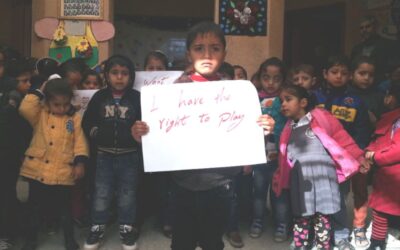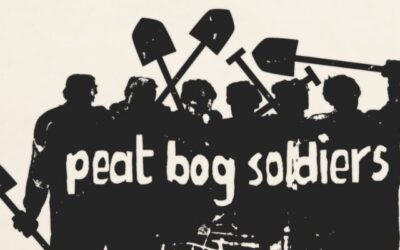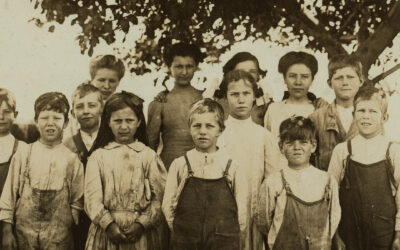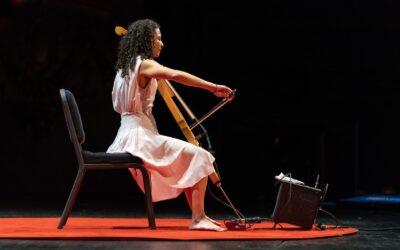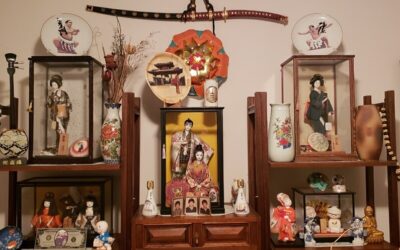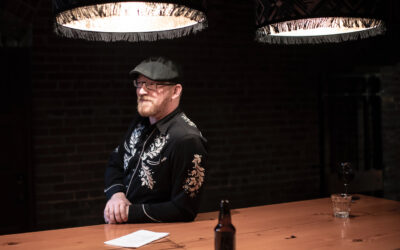Town Hall's Artist-in-Residence Maia Brown is gearing up for her final Findings Night event on May 19, which explores new musical compositions drawn from the archives of leftist Yiddish poetry...
Artist-in-Residence Maia Brown: Seeking a Song
Artist-in-Residence Maia Brown reflects on what has brought her to seek out the multilingual and intergenerational histories of one particular anti-fascist ballad, and the unexpected places the song...
Sally James: Stories of Year 12
Today's blog post is written by Sally James, Town Hall's Spring 2023 Scholar-in-Residence. Learn more about Town Hall residencies here. I’m collecting stories. Thank you, Town Hall, for giving me a...
Artist-in-Residence Gretchen Yanover: Final Findings
As cellist Gretchen Yanover wraps up her time as Artist-in-Residence at Town Hall, she shares her final reflections about the beauty — and sometimes discomfort — of creation. We're delighted to have...
A Reflection from Masao Yamada on Global Rhythm’s Mako and Munjuru
January 23, 2021. This date was marked on my calendar for a couple of reasons, one being the kick off to Town Hall Seattle’s Global Rhythms Series. It wasn’t just that I was excited to see local...
The Symbiosis Between Town Hall and Bushwick Book Club Seattle
Community and relationships have never been as important as they are right now. It does seem weird to say since I have not been able to shake someone’s hand in over 9 months, unless you count my new...
Town Hall Land Acknowledgment: Beyond Gestures
As a practice of recognition, land acknowledgment has the capacity to create broader public awareness of the histories that have led to this moment. On its own, acknowledgment is a small gesture....
Town Music | A Conversation with Artistic Director Joshua Roman
Our Town Music chamber series has returned! In this age of COVID-19, the season has been transformed. Town Music, in the coming weeks and months, will explore how digital spaces can enhance our experience of art, rather than simply remind us of what we are missing.
Joshua Roman, Town Music’s Artistic Director, has spent much time in quarantine thinking about what a season of concerts can be without a concert hall for everyone to gather in. He sat down with correspondent Jonathan Shipley to discuss what it means to be a curator in this day and age and what silver linings there may be in a pandemic.
Checking in with Cheikh Lo: A Global Rhythms Concert Review
The people were dancing! It was good.
